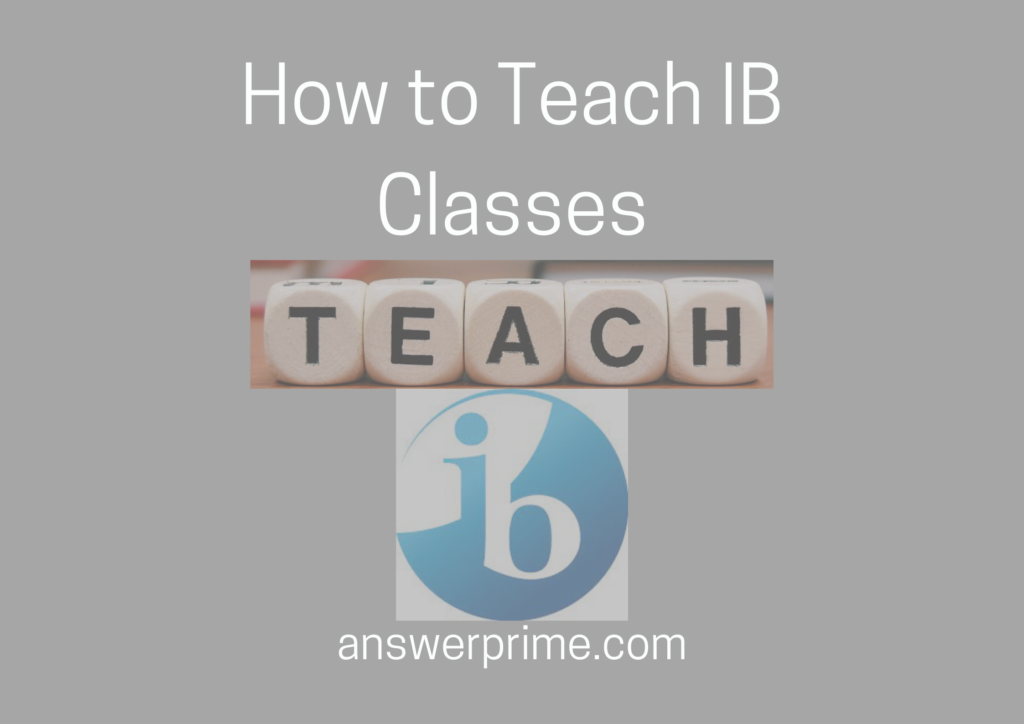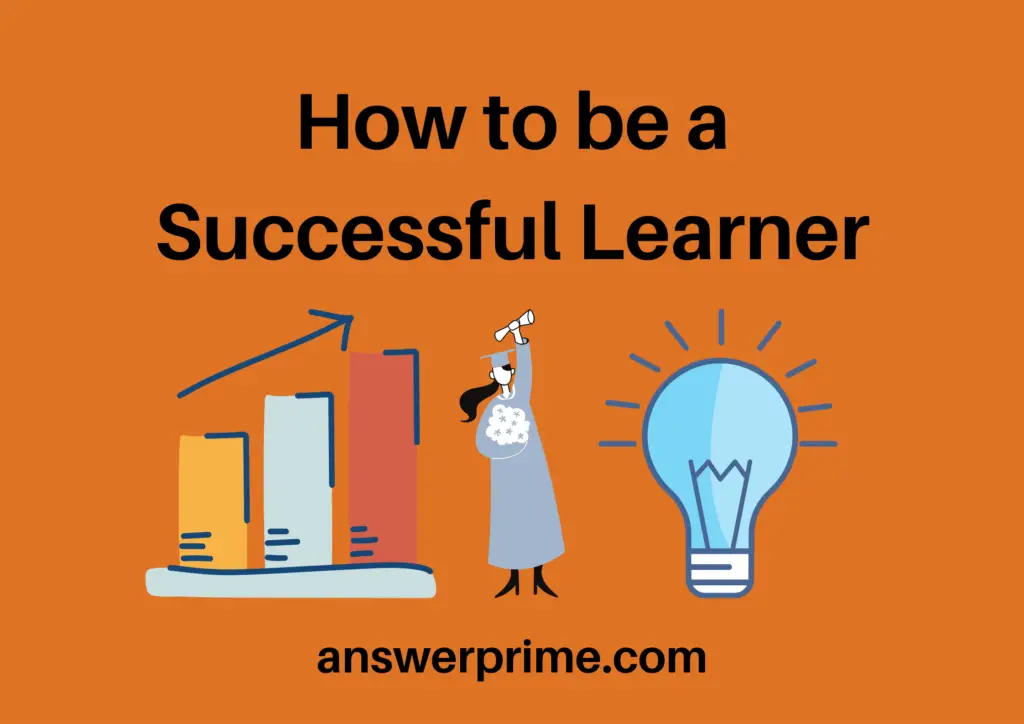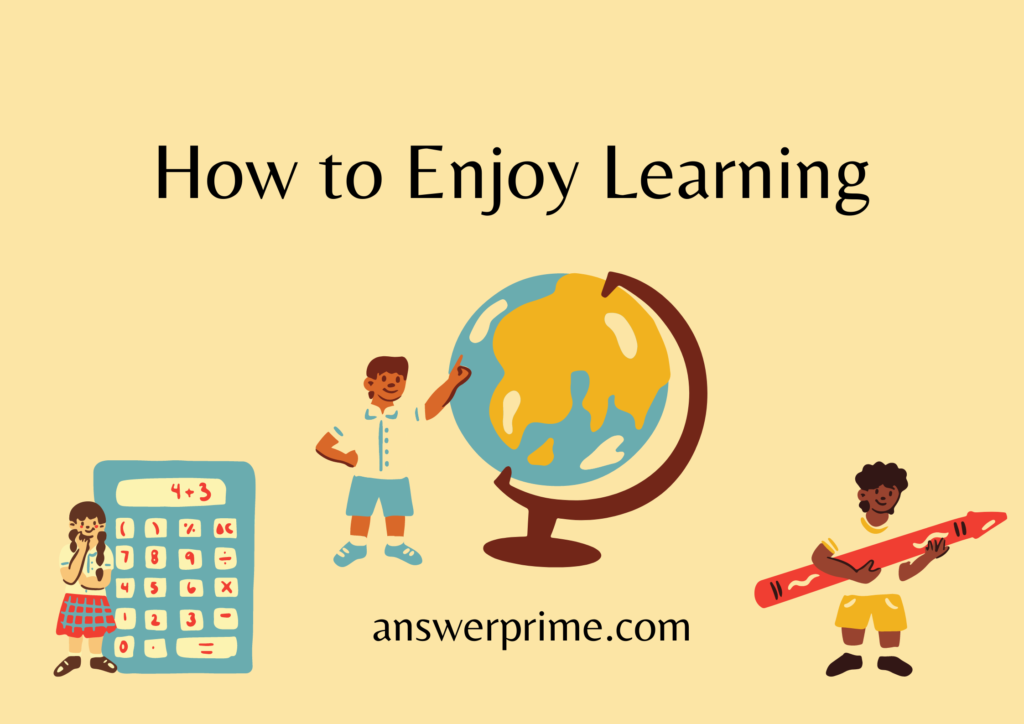IBDP (International Baccalaureate Diploma Programme) is designed for such students who wish to earn a globally recognized diploma thus making it different and a little difficult from other study programs.
IBDP or International Baccalaureate Diploma Programme is a Pre-University program; that is specially designed for students to provide a standardized worldwide education before entering the world of Universities. This program provides a lifelong practical learning experience.
Many students who take an IBDP, also aim or wish of teaching it to the youngsters who are freshly entering the world of IBDP. Few people are passionate about teaching and helping young minds to strive through the program. The IBDP’s reputation as an ardent curriculum sacres off students while entering the program as it is designed for such students who wish to earn a globally recognized diploma thus making it different and a little difficult from other study programs which also needs some passionate teachers and mentors to help such students. Below are a few guiding tips on How to Teach IB Classes :
- Understanding The IBDP curriculum and successfully demonstarting it
- Finding an ideal IB Educator certificate program
- Learning the IB learner profile
- Choosing the program that one wishes to teach
- Meeting all the entry level qualification requirements for becoming an IB Educator
- Getting IB Certificate and a teaching license
- Getting trained and gaining experience for the Educator post

1. Understanding The IBDP curriculum and successfully demonstarting it
In order to become an IB Educator, one needs good knowledge and understanding of the IB programs and the program that one plans to teach. Understanding the subjects groups, gaining insight on TOKs, CAS, and the extended essay. Understanding more about the four key programs :
- PYP (Primary years program)
- MY (Middle years program)
- DP (Diploma program)
- Career related program
There are various assessments through which the students are graded or the terminology which one needs to keep in mind to get a command over various subjects for the IBDP. As the scoring system is different for the IBDP, one needs to learn the command terms or assessment criteria more thoroughly and as quickly as possible as a tutor to grade and teach the students.
2. Finding an ideal IB Educator certificate program
Finding an ideal IB Educator certificate program is the most important step to get in the IB world as a tutor. Any qualified teachers can enter as a tutor for IBDP, but the inclination is always towards the teachers with an IB background. An IB certification course is very essential to become a tutor for the IBDP. Usually an IB certificate course takes about 22 weeks to get through. One can know more about this :
- Through the IBDP website.
- Any institutes near by the residence providing a certificate course for becoming an IB mentor.
3. Learning the IB learner profile
It is very important to know about the Knower’s perspective to become a tutor. Knower here represents the student or the person appearing or taking the course. One needs to have complete knowledge about the true nature of IB and what is expected from a person who is going to be teaching the principles. The ways in which one learned or is comfortable to learn can be passed on to the upcoming students. Thus knowing the IB learner profile can enhance and facilitate to teach better.

4. Choosing the program that one wishes to teach
In order to become an IB Educator, one needs good knowledge and understanding of the IB programs and the program that one plans to teach. It is very important to decide which program a tutor wants to teach based on one’s expertise so as to which age group children one is comfortable to teach and deal. Understanding more about the four key programs :
- PYP (Primary years program)
The Primary years program is designed to teach kids between the age of 3-12 years, the very basic and root development of fragile children is targeted in this program.
- MY (Middle years program)
The Middle years program is designed to teach kids between the age of 11-16 years, which is the next step towards the development of growing children.
- DP (Diploma program)
The Diploma program is designed to teach kids between the age of 16-19 years, which is more academically focused and the student gets to choose or gets a direction for a career development.
- Career related program
The Career related program is designed to teach kids between the age of 16-19 years, which is more career specific guidance and help.
5. Meeting all the entry level qualification requirements for becoming an IB Educator
Meeting all the entry level qualification requirements for becoming an IB Educator is the basics to become an IB tutor. Fzor instance one needs to :
- Course certificates stating the completion of an IB Educator course, whether one has completed an online or an offline course.
- Scoring a minimum score in order to get into certain institutes.
- Signing up for resources for different subjects within the IB course that one opts to teach.
- Getting familiar and completing with the registration process for various programs.
- Purchasing IB specific teaching materials and getting familiar with the teaching methods and terminologies.
6. Getting IB Certificate and a teaching license
Getting an IB Certificate and a teaching license is a must to enter into any IB institute. This step ensures that one can be eligible for teaching in certain IB schools.
7. Getting trained and gaining experience for the Educator post
Getting trained and gaining experience for the Educator post, is important for teaching in any course. Examining various disciplines, observing other tutors and their methods, gaining expertise from the experts in this field is very important to grow as a tutor. SOme institutes also demand that the tutor also continuous to pursue their own course of learning along with teaching the students.

- How to Enjoy Learning - June 13, 2025
- How to be a Successful Learner - April 27, 2025
- How to Teach IB Classes - April 27, 2025





